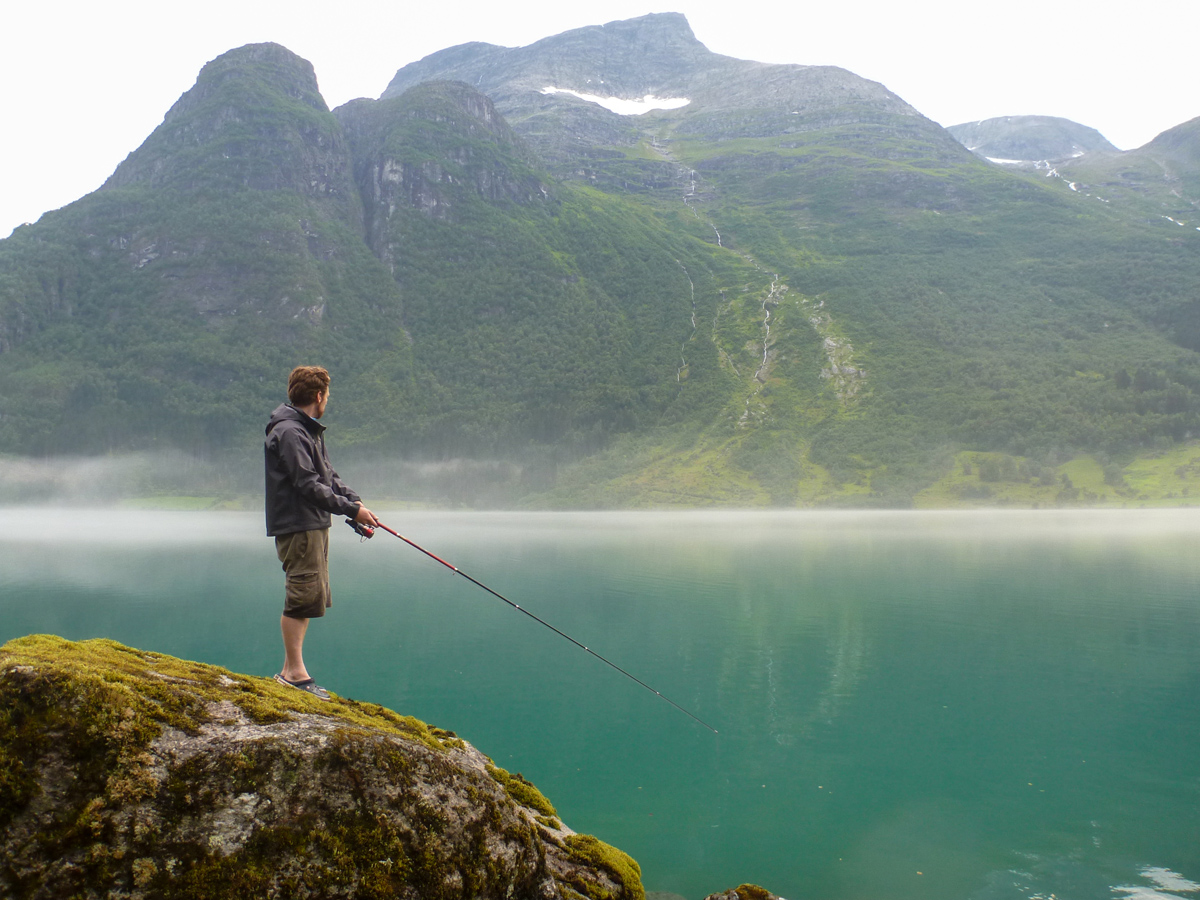Invasive species are great hitchhikers. They float in the ballast of ships, lurk in luggage, stick to unwashed sports gear, and cling to the soles of hiking boots. Scientists focus on stopping them from spreading because, once a new species gets rooted, it is expensive to manage and nearly impossible to remove.
Shipping and industry are the major pathways for invasive species, but studies have also shown that tourists can spread them into protected wilderness. Most tourism studies have focused on local cases. Now, new research in the journal PLOS ONE has explored the global ties between tourists and invasive species for the first time.
The analysis showed that non-native species are significantly more common and more diverse in high-tourism areas worldwide, said Dr. Lucy G. Anderson, who led the study as a PhD researcher at the University of Leeds in West Yorkshire, U.K.
“We know that cargo ships [and other] commercial pathways are really an important vector for invasive species,” Anderson told Mongabay. “People have said ‘and tourism,’ but when you look back through the references and studies no one’s really tried to quantify that.”
She and a team of colleagues dug through the literature, compiling almost 5,000 studies that linked tourism to non-native species. They hoped to “take lots of experimental examples and see if there’s a pattern across the board,” Anderson explained.

However, just 32 of the studies had followed a robust experimental procedure: comparing non-native species in areas heavily visited by tourists to those in less-visited sites. The others had weaker science or hadn’t given a clear methodology.
“It was amazing when we narrowed it down that so few studies had the right kind of criteria for us to include,” Anderson said. “The science wasn’t too strong, and that was really frustrating for me.”
Forging ahead with the limited information, Anderson was surprised by the range of tourist activities that help plants and animals invade new territories. Mountain biking, horseback riding, kayaking, and fishing are just a few pathways. Teasing apart the impact of each recreational activity is the next step, she said.
While tourism is not the main way that invasive species spread, it is one of the only pathways introducing them to remote parts of the world, such as oceanic islands and the poles, Anderson explained.
In Antarctica, annual bluegrass – a pesky weed in Asia, Africa, the Americas, and Australia – has already taken hold. Tourists and scientists carry it in, researchers reported in the journal Polar Research.
It’s not surprising that tourists transport unwelcome critters, said Philip Hulme, a plant biosecurity researcher at Lincoln University in New Zealand, who was not involved in the study. The work by Anderson’s team zeroes in on “the few and far between studies with controls,” he said, making it “a more rigorous analysis.”

In New Zealand, Hulme noted, a campaign called “Check. Clean. Dry” raises awareness about tourism and non-native aquatic species. Unwitting anglers and kayakers can carry rapidly spreading pest species such as zebra mussels, Chinese mitten crabs, water primrose, and floating pennywort on unwashed gear. Some invertebrates can live for weeks in the damp folds of clothes or netting. Tourists need to take personal responsibility, so educating them is a key step forward, Anderson and Hulme agreed.
Submerging wet clothes and equipment in hot water for 15 minutes is one simple measure that kills 99 percent of aquatic invasives, Anderson said. And if you do arrive home with an uninvited guest, contact your national department of agriculture right away.
“Make sure strange things don’t escape,” added Hulme. If you’re reporting an unwanted boarder, “maybe 100 other passengers have it too.”

Citations:
Anderson, L. G., Rocliffe, S., Haddaway, N. R., & Dunn, A. M. (2015). The Role of Tourism and Recreation in the Spread of Non-Native Species: A Systematic Review and Meta-Analysis. PLOS ONE, 10(10), e0140833.
Molina-Montenegro, M., Carrasco-Urra, F., Acuña-Rodriguez, I., Oses, R., Torres-Diaz, C., & Chwedorzewska, K. (2014). Assessing the importance of human activities for the establishment of the invasive Poa annua in Antarctica.Polar Research, 33. http://dx.doi.org/10.3402/polar.v33.21425
Amy McDermott is a graduate student in the Science Communication Program at the University of California, Santa Cruz. Other Mongabay stories produced by UCSC students can be found here